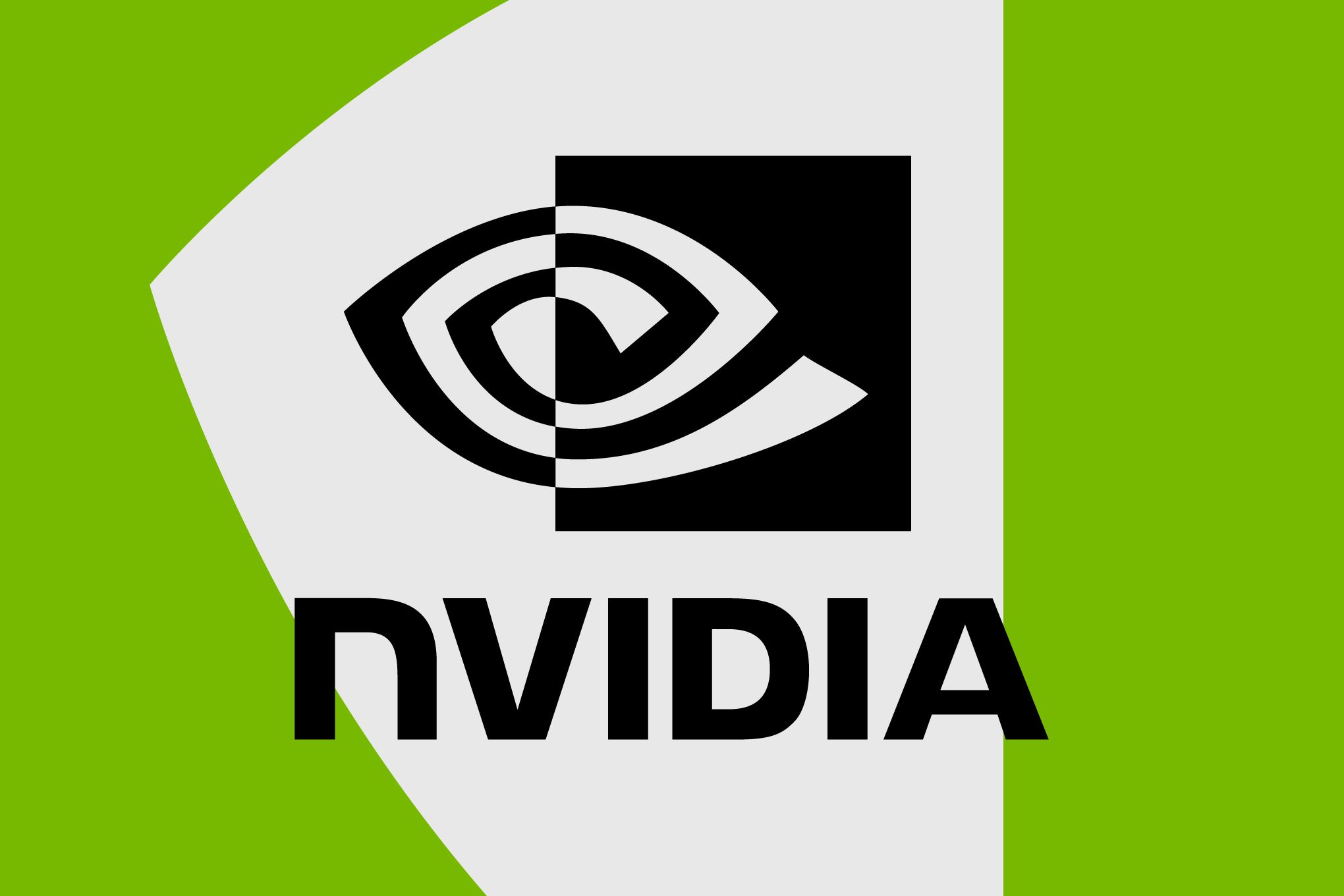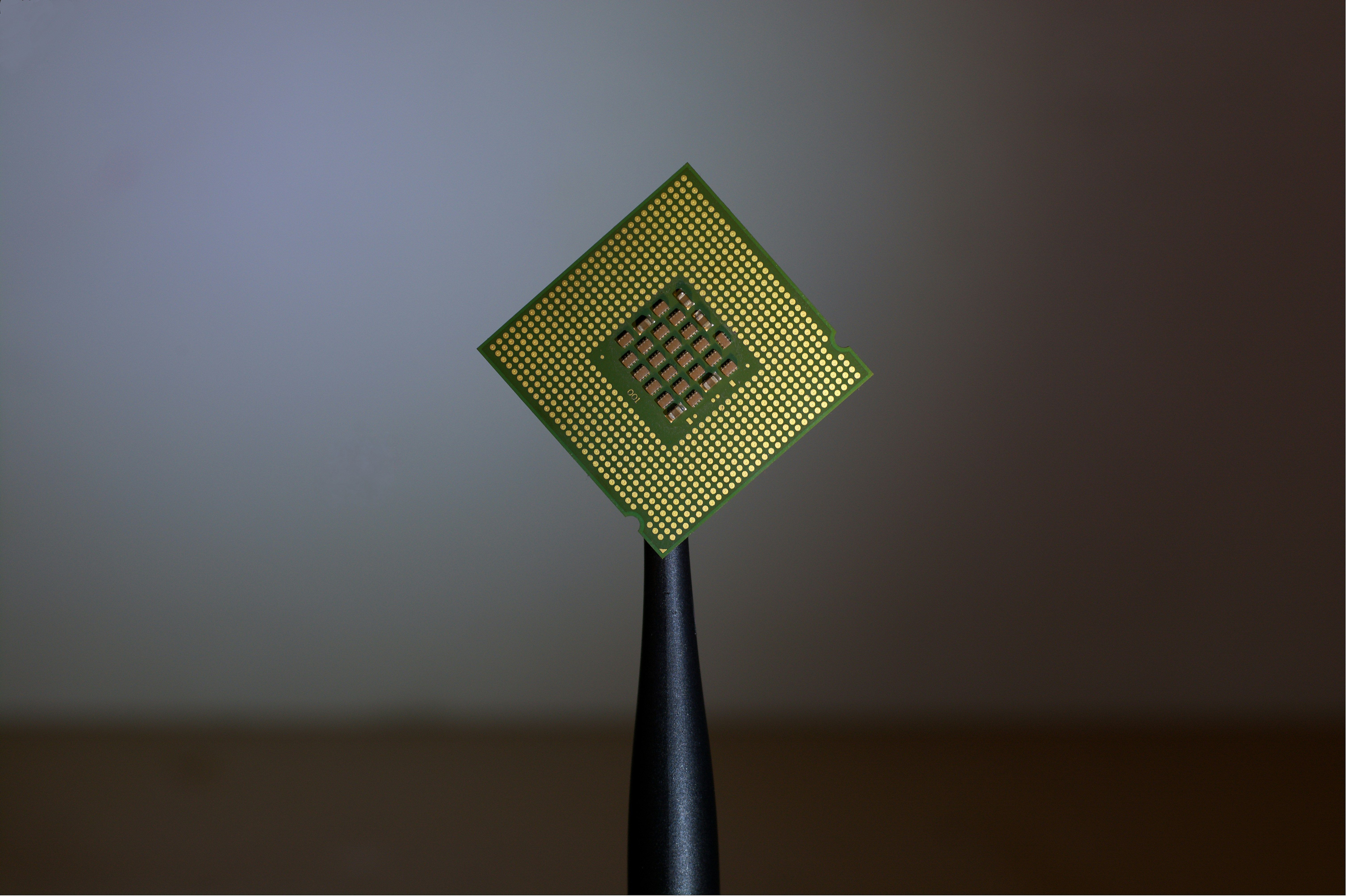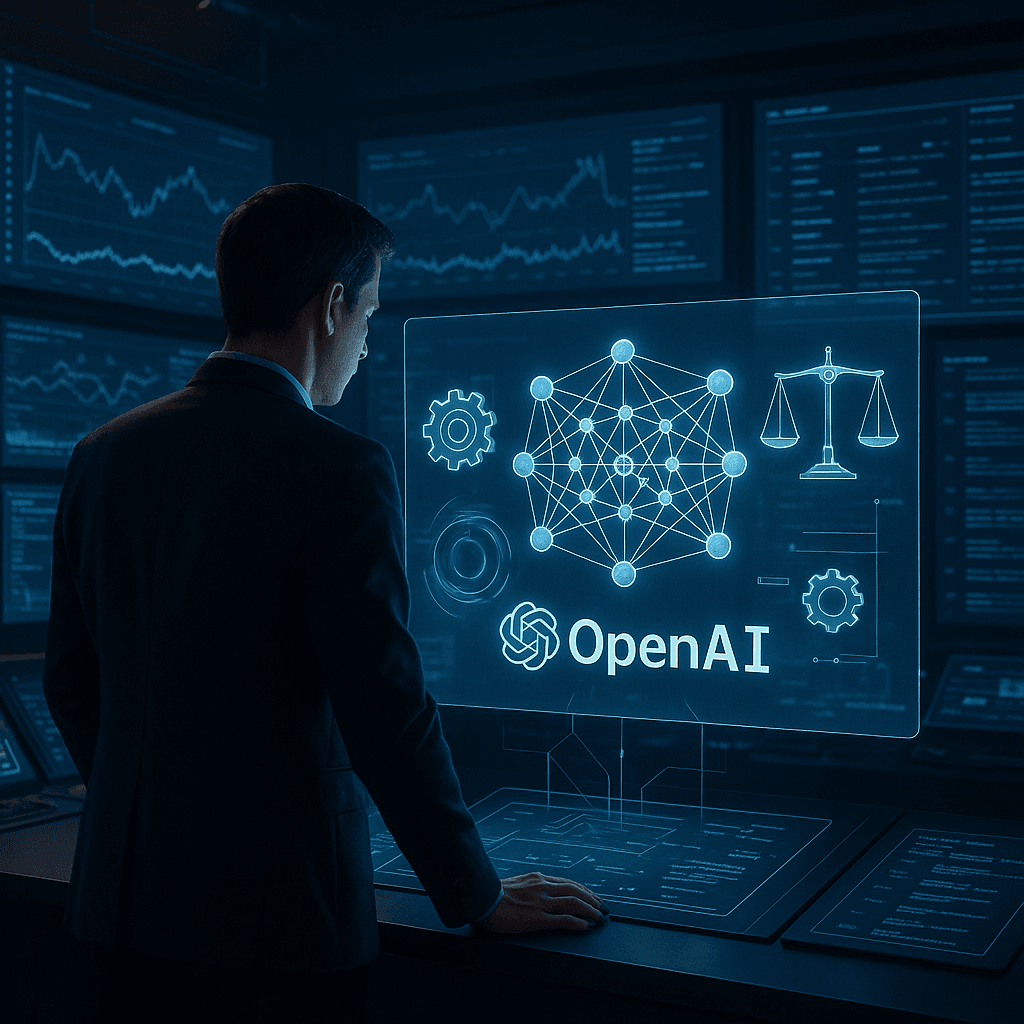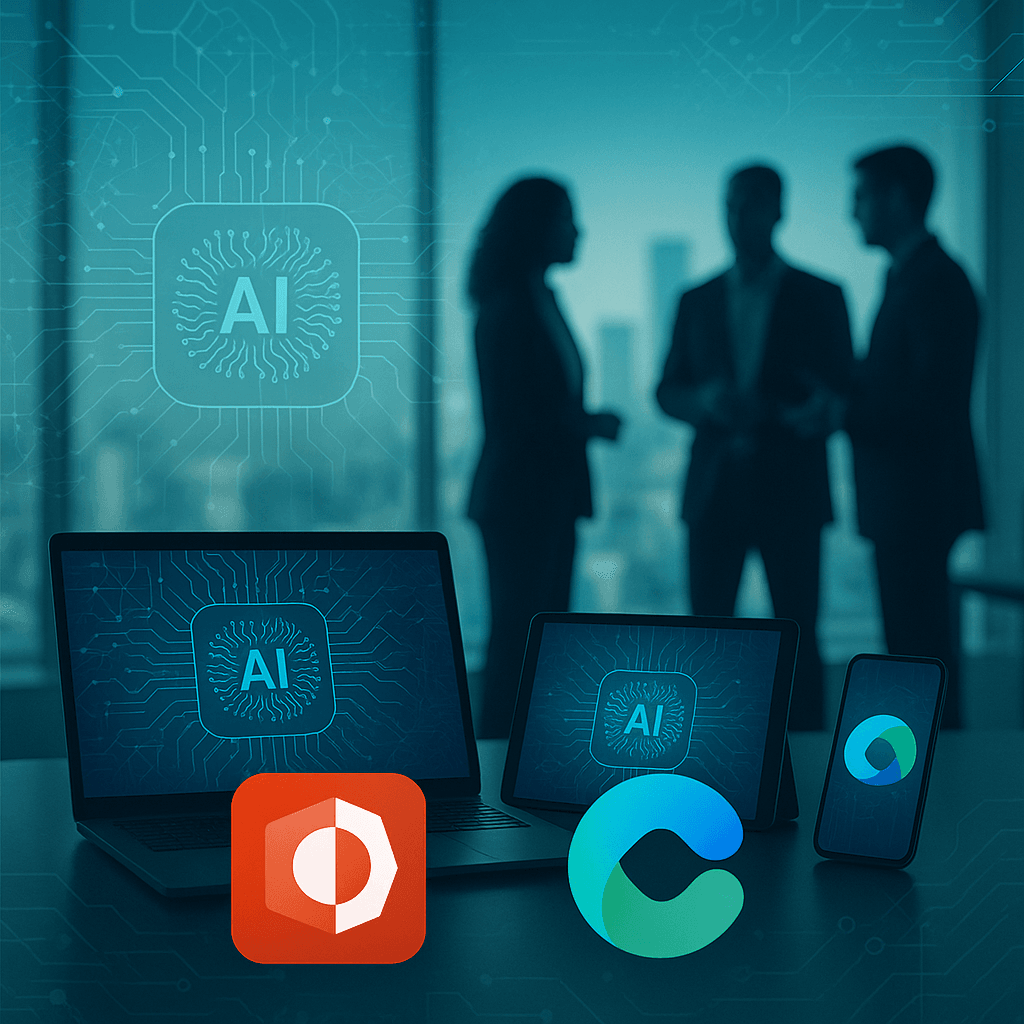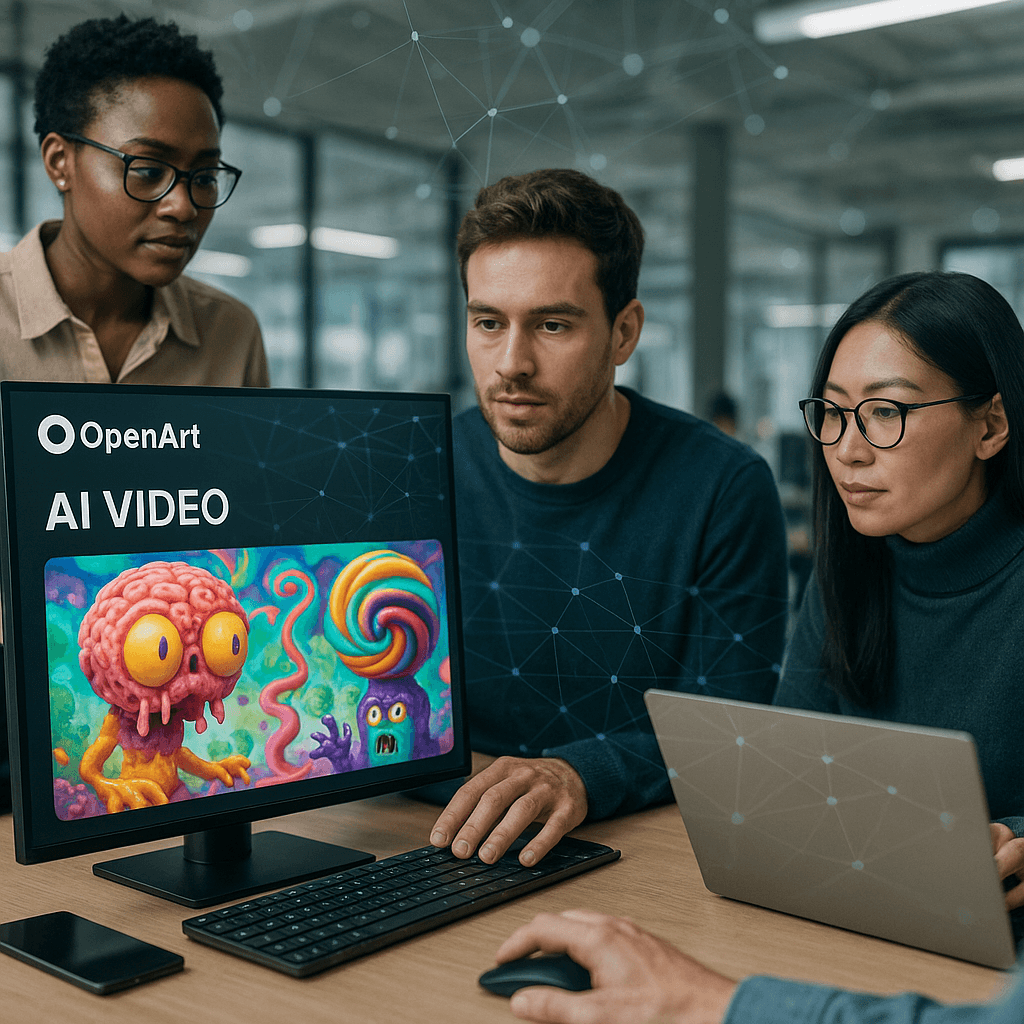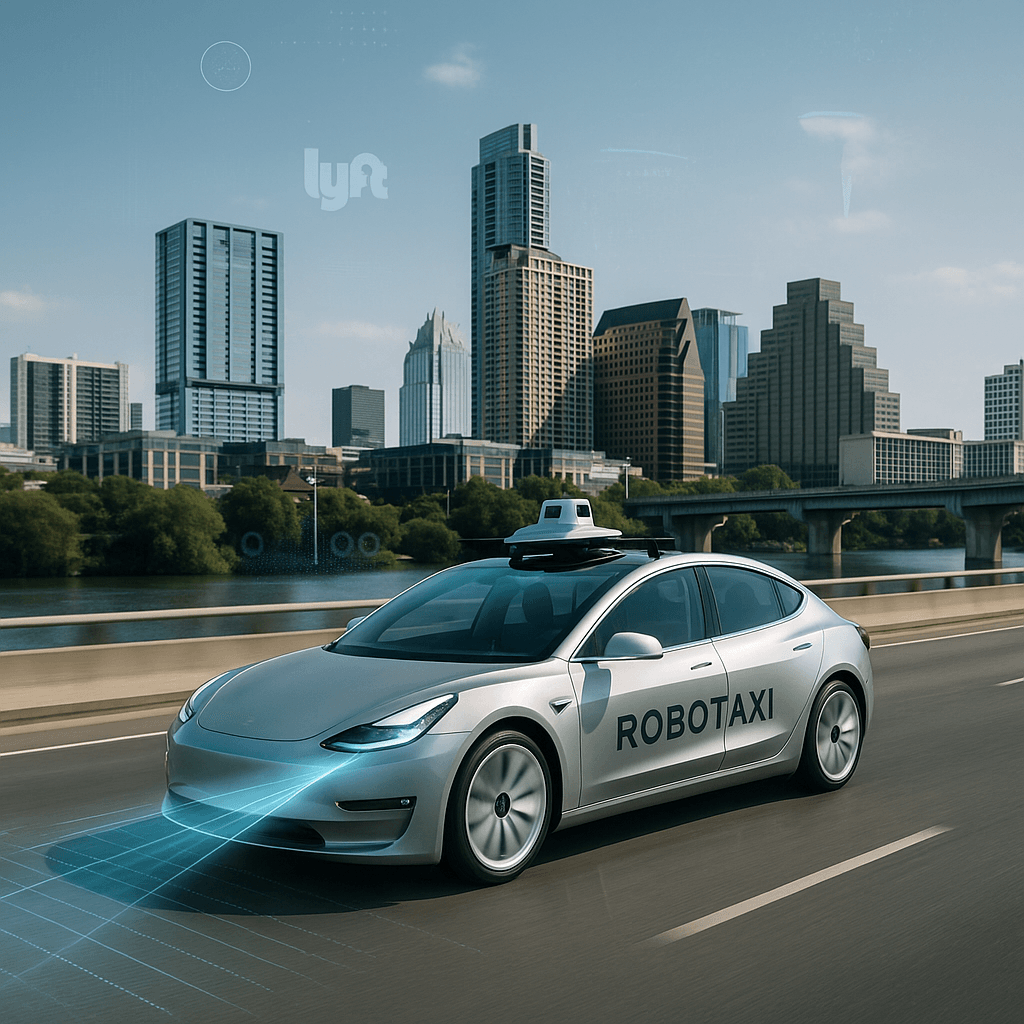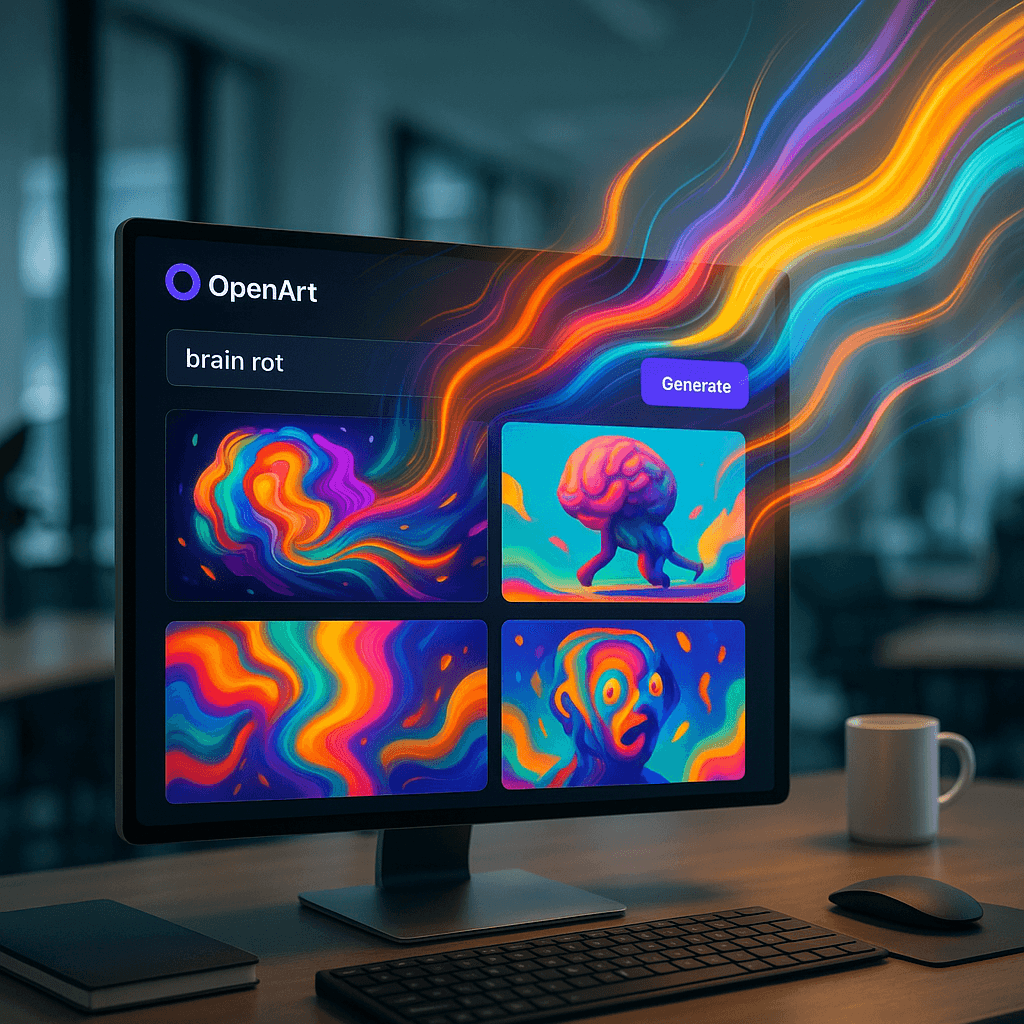TL;DR
- Easy local AI with GPT-OSS-20b on Windows via Microsoft
- 64GB VRAM required—a catalyst for high-end GPU sales
- Anticipate broader rollouts to more platforms
- Strategic edge: Lower barrier to AI development
Did you know OpenAI's latest model can now run locally on your Windows PC? Announced just yesterday, the GPT-OSS-20b model offers unprecedented accessibility for developers looking to embed AI in real-world applications. This matters as it democratizes AI technology, allowing enterprises and individual innovators alike to leverage powerful AI without cloud reliance, potentially transforming workflows worldwide.
Opening Analysis
OpenAI's latest release, the GPT-OSS-20b, represents a turning point in AI application accessibility. Leveraging Windows AI Foundry, Microsoft has positioned itself as a key enabler, allowing this lightweight model, optimized for real-world workflows, to function on consumer hardware. This integration marks a critical phase in making AI more inclusive by reducing dependency on external cloud services, thus mitigating costs and uptime issues.
Market Dynamics
The introduction of GPT-OSS-20b has already reshaped the competitive landscape. Microsoft’s rapid incorporation of this open model into its ecosystem ensures that it keeps a step ahead of competitors while challenging rivals to match its capability to foster local AI development. Meanwhile, Amazon's swift adoption of the model for its cloud services underscores the readiness of significant industry players to embrace such advancements, suggesting an arms race-like scenario in AI deployment strategies.
Technical Innovation
Technically, the GPT-OSS-20b is engineered for environments with constrained bandwidth, making it ideal for creating autonomous systems that need efficient inference capabilities on local hardware. This design choice is particularly noteworthy for industries focused on reliability within isolated or secure environments, such as defense or remote operations.
Financial Analysis
Requiring high-end GPUs (at least 16GB VRAM), this model indirectly influences the hardware market, likely driving demand for robust GPU solutions. Nvidia and AMD may see an uptick in demand as organizations upgrade to leverage this model’s capabilities, highlighting the interconnectedness of the AI and hardware sectors in driving technological innovation forward.
Strategic Outlook
The strategic foresight shown by Microsoft in rapidly adopting OpenAI’s model equips it with a competitive edge, especially as AI moves towards decentralization. Over the next 3-6 months, expect significant expansions in device compatibility, with a more robust rollout to macOS hinted at by Microsoft. Over the next 1-2 years, this could substantially lower entry barriers across industries, unlocking new opportunities in AI-centric startups and enterprise integrations.
